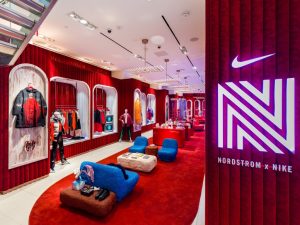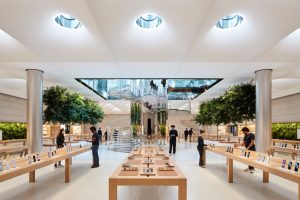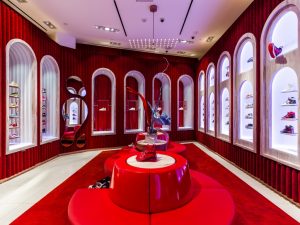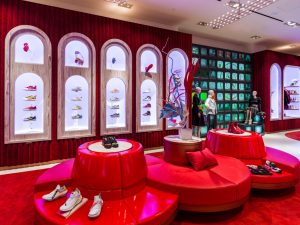The holiday season is upon us and change is in the air. And while the frosty breeze may leave us yearning for holiday cheer, it must be noted that it’s not just the weather that’s changing. Retail, along with New York’s urban landscape, is adapting as well. Like living entities, cities grow and evolve. The Big Apple, typically a forerunner of retail trends, has responded in kind to customer wants and needs, population shifts and the reshaping of its own infrastructure.
Retail traditionally follows population movement and growth. Historically the home of the Long Island Railroad yards, the area on Manhattan’s west side known as Hell’s Kitchen has always been rich in identity, but has struggled economically. As the community expanded, a new neighborhood was born, and retail moved in. Although cynics raised concerns, the retail space at the newly opened Hudson Yards injected a renewed sense of energy into a depressed area while providing a model for mall development in the e-commerce era. With a healthy mix of restaurants, digital native brands, art exhibitions and open air spaces, Hudson Yards has quickly become a magnet for locals and tourists alike.
New York’s luxury market is also stretching west across 57th Street as Nordstrom (Seattle) flexes its muscle with its first flagship in Manhattan. The 320,000 square foot, seven-level store anchors what is reportedly the tallest residential building in the Western hemisphere. A dramatic wave-like glass façade welcomes natural light into the space while initiating a dialogue with passersby. This grand architectural statement is a dynamic addition to New York’s changing cityscape. The store features the work of 54 emerging artists and offers eight dining choices. At the Shoe Bar, located in a sprawling shoe department that’s said to be home to 100,000 pairs of shoes, one can imbibe while shopping the collection.
Farther east, the Apple store has renovated its Fifth Avenue flagship, almost doubling its original size. A striking new glass cube announces the store as customers are welcomed into the subterranean space by a spiral staircase and circular elevator. Natural light enters the environment through a grouping of rounded skylights, bathing an arboretum of trees and a plant wall. The most dramatic reimagining of the space was lowering the floor and raising the roof to add almost eight feet of height to the curved ceiling.
Despite the closing of some stores, there are many new start-ups offering fresh approaches, while enlightened mainstays adjust their strategies to understand and meet the needs of a changing demographic. Target found an ideal space for its new small-format strategy in a 100-year-old building on the Upper East Side. (Read more about this store in a web exclusive on vmsd.com.) Rather than saturating the store environment in its proprietary red, the retailer listened to its New York customers and provided an environment defined by warm materials and exposed brick walls in homage to the urban community.
The sidewalks of New York are paved with new ideas and innovation. Once again, the big city demonstrates that retail won’t succumb to dropping temperatures, but rather it will adapt to the prevailing winds.
Advertisement
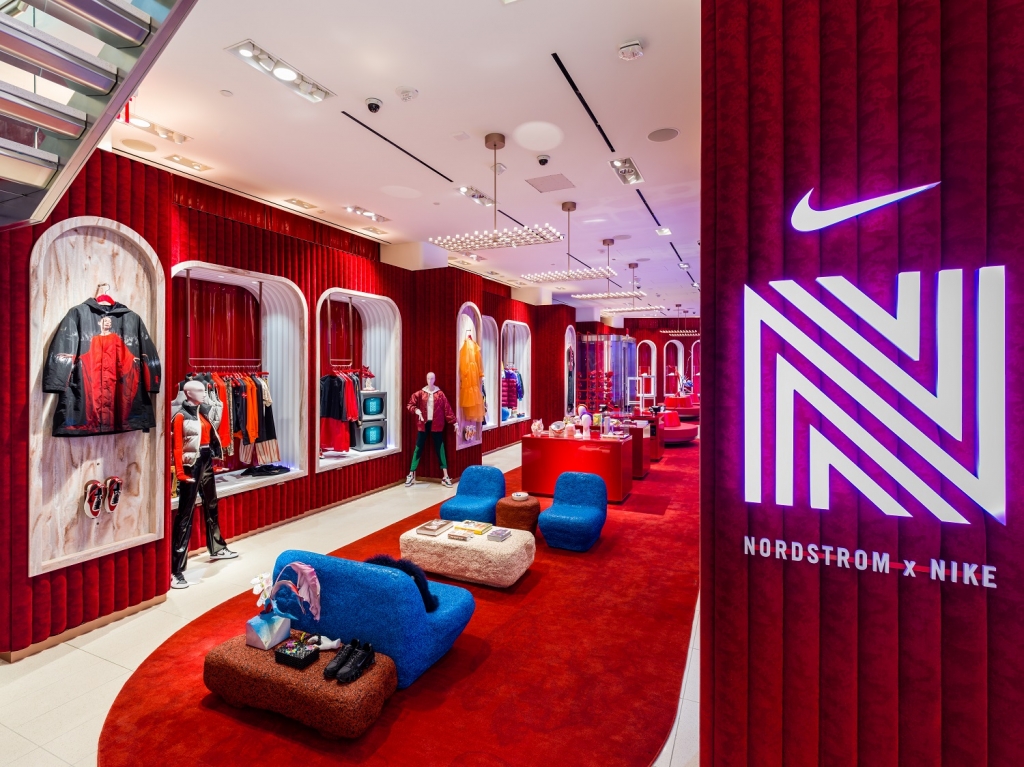
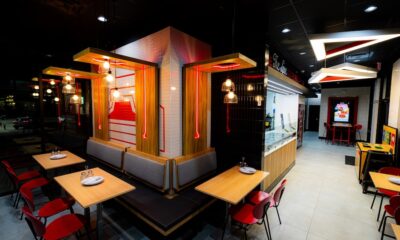
 Headlines1 week ago
Headlines1 week ago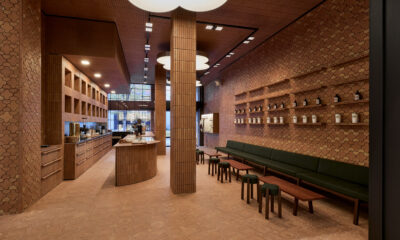
 John Ryan2 weeks ago
John Ryan2 weeks ago
 Headlines7 days ago
Headlines7 days ago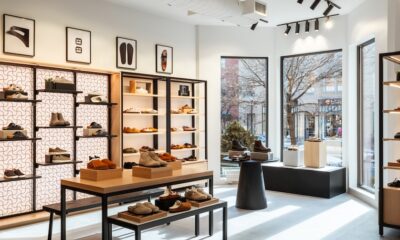
 Headlines2 weeks ago
Headlines2 weeks ago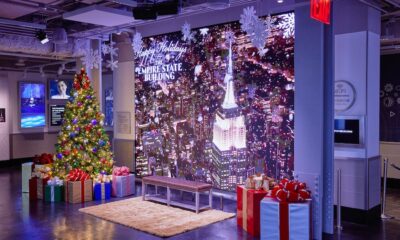
 Headlines1 week ago
Headlines1 week ago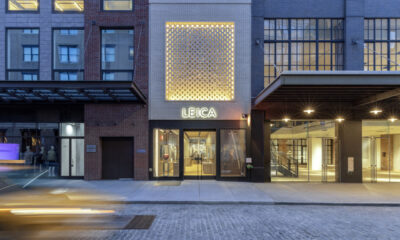
 Retail Buzz3 days ago
Retail Buzz3 days ago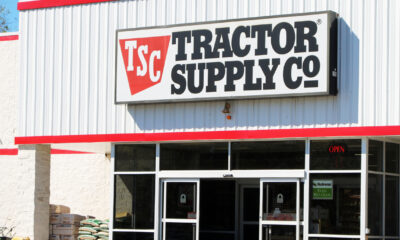
 Headlines1 week ago
Headlines1 week ago
 Headlines1 week ago
Headlines1 week ago
